More and more urban people love outdoor sports. Mountain climbing, as a fashion fitness project, can not only exercise but also cultivate people's sentiments, and is increasingly sought after by people. But at the end of each climb, there will always be people who sigh: It's really easy to go down the mountain!
So, what is this and why?
Many people wonder! Under the same conditions, from the perspective of human physiology, if the environment of the mountain is the same as that of the mountain, it is all the same stone steps, the same physical strength (either starting from the foot of the mountain or starting from the mountain). It's easy to go uphill! Why is downhill more difficult than going uphill?
Some people also said: When the man's head was on the upper foot, he could see the "road" and conditions for climbing, so it was easy; when he went down, he still had feet and feet, and he couldn't see the "road" and conditions of the mountain. He fumbled. As the mountain descends, the danger increases and the difficulty increases. Therefore, it is difficult to go downhill. Why is it even harder to go downhill?
3 scientific perspectives
1 Gravity and force directions are different
In fact, in addition to the steep mountain roads, it takes a lot of physical energy to go uphill, and the actions that go down the mountain are different from ordinary walking. Because the gravity center of the mountain is downward, and its own force is upward, the two forces are in the opposite direction and are in a balanced state. Apart from the little effort, the risk is less.
Downhill is different, the gravity center is downward, and its own force is also downward, so that the balance is not well understood, and if the impact is too large, it will be dangerous. And if the speed is too fast when you go downhill, your legs will feel sour and tremble.
2 different ways of muscle contraction
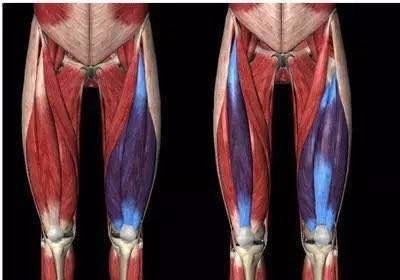
The most important thing for climbing is the muscle in front of the thigh - the quadriceps. This muscle will exert its strength while shortening while going uphill, and stretch its strength while downhill; the former is called "centre contraction" and the latter is called "centrifugal contraction."
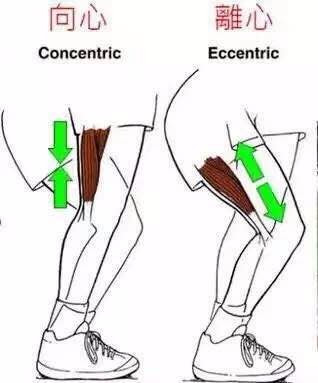
Simply put, the former is a natural contraction method for tendons, but the latter is an unnatural contraction method; if the muscular insufficiency people do the same kind of movement, it will cause muscle cell damage.
If the muscle cells are damaged, muscle strength will decrease. When you go uphill, you will contract centripetal, so muscle strength will not decrease too much. However, due to repeated centrifugal constriction during the downhill period, people with weak leg muscles have a rapid decrease in muscle strength.
If the leg strength is reduced, the action of supporting the weight with both legs becomes inflexible, so it is easy to fall if you do not pay attention. From time to time downhill, problems such as "The feet cannot make the effort", "The legs tremble", "The knee shakes" and so on, these are the obvious manifestations of repeated centrifugal contraction, which reduces the force of the foot.
3 The impact of landing on the mountain is twice that of the mountain
An experiment showed that when using a pressure plate device to perform four types of exercise, including level walking, flat jogging, climbing a step with a difference of 30 cm (assuming that it is a mountain), and walking a step with a difference of 30 cm in a step (assuming that it is a downhill mountain), the measuring foot is grounded The impact.
When walking on the ground, only the force with almost the same weight rebounded slowly, but twice the weight of the body when jogging rebounded at the moment of landing.
What about the situation when you go up and down the stairs?
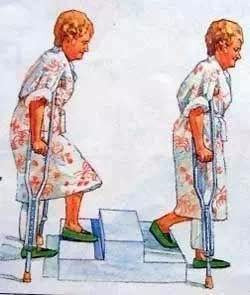
When walking up the stairs, only the strength that is almost the same as the weight gradually rebounds; on the other hand, the power that comes downstairs is twice that of the upper floor (that is, twice the weight) and it rebounds at the moment of landing. This experiment is carried out empty-handed. If carrying a backpack, of course, it will cause more impact.
As for the impact on the stairs and stairs, if you take the example of a flat ground exercise, the upper floor is equivalent to walking and the lower floor is jogging. The downhill mountaineering, even though it seems to be walking, is in fact a jog-like exercise that is subject to tremendous pressure.
Try to get up and down the stairs when you are spraining your feet. You can feel the difference from the pain. In addition, downhill is prone to knee and lumbar pain, and it can be understood if you think of it as jogging.
Four Tips for Scientific Mountaineering
(a) The correct climbing posture
1 Uphill
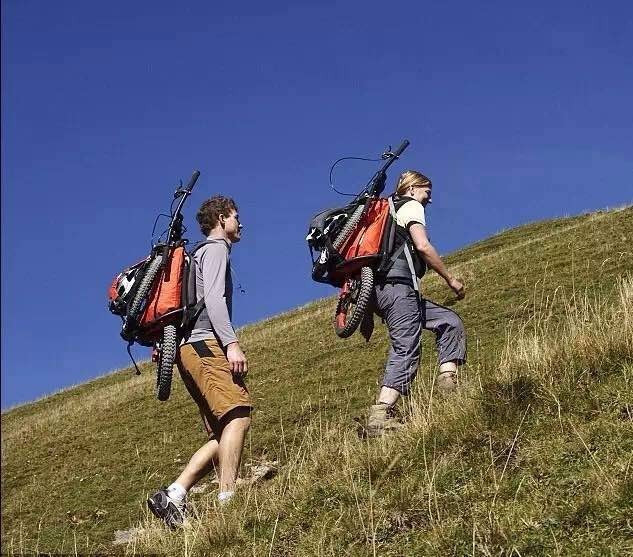
Relax and lean forward, but keep your waist and back straight. Avoid forming a hunched, stooped posture. The knees are naturally curved. After the legs are strengthened, the brachial force is applied. The whole sole or the sole of the foot is on the outside. This action mainly depends on the thigh and buttocks muscle force, often practicing hip lift effect.
Do not use the forefoot as far as possible, because the force is the lower leg, less muscle, long-term contraction easily fatigue, there is not beautiful calf. You can use the "mountain climbing step" to climb the steps: one leg is on the step, one leg is under the step, and the hind leg is pressed hard when climbing to relieve the pressure on the front leg knee joint.
2 Down
b) Warm up before going uphill
The heart and respiratory system are inert and only partially function under normal conditions. The energy in the muscles is rapidly consumed during exercise, and nutrition must be delivered by accelerating the breath and speeding up the heartbeat. At this point you will feel faster heartbeat, shortness of breath, and very uncomfortable. This is the physiological "pole" phenomenon.
After a rest and proper adjustment, the cardiopulmonary function will not be uncomfortable when it is transformed from playing a part of its functions to playing its full function and then doing the same intensity of exercise. Warming up before climbing can make muscles and ligaments pull, joints increase joint fluid to prevent injuries, and more importantly, it can avoid or reduce the phenomenon of "pole".
Therefore, warm up before going uphill, especially for the muscles and joints of the lower extremities. Jog in place for 2 minutes, then do targeted stretching exercises. Warm-up exercises must not be repeated earthquakes.
1 Jogging
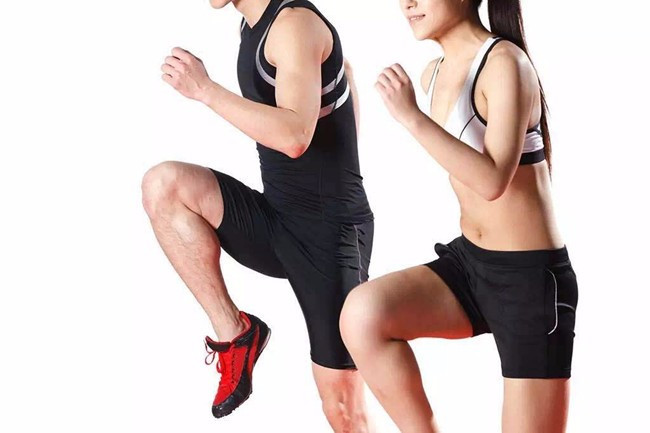
2 Stretch the lower back and back of the leg
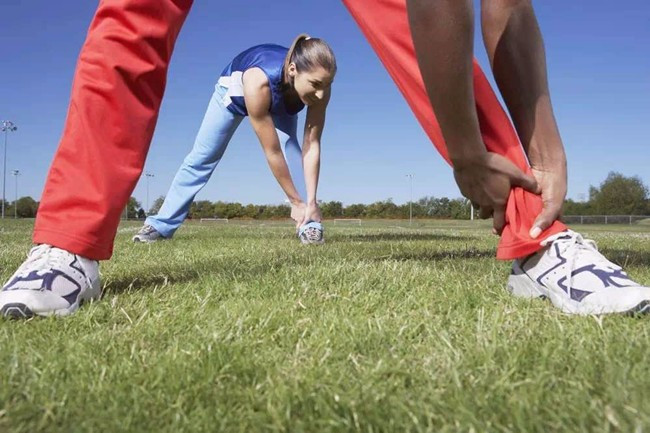
3 stretch the front of the thigh
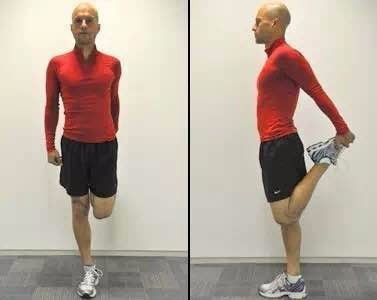
4 quadriceps centripetal and eccentric training
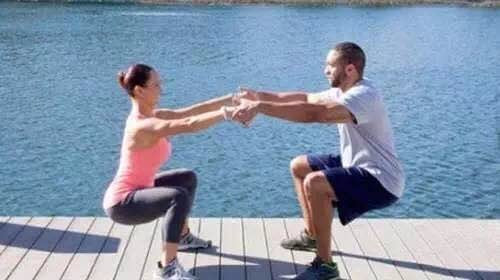
(c) moderate mountaineering intensity
Tests indicate that fats consumed during mountain climbing are stronger than other sports. A man weighing about 70 kilograms, if he climbs 30 minutes per hour on a 70-degree hillside, his energy consumption is about 500 kcal, which is equivalent to 50 meters per minute in the swimming pool. Swim for 45 minutes, or the equivalent of 50 minutes of boring abdominal exercises in the gym. If you want to strengthen the effect of fat shaping, it is better to keep climbing 3 to 4 times a week.
It should be reminded that the higher the mountaineering intensity is, the better, and the scientific requirement for the strength of mountaineering is to keep the heart rate at (220-age)×60% to (220-age)×80% times per minute. Therefore, if you feel uncomfortable or tired during climbing, please stop and test your heart rate.
(d) Relax after going down
After relaxing on the mountain, you must relax your muscles. Otherwise, you may experience leg or thigh pain or body pain. Because after exercise, more or less in the body will produce some by-products --- lactic acid, making the muscles stiff and sore.
Relax the muscles in time and the effect of fat-reducing remodeling is even better. Relaxation Allows you to stretch, relax, and relax on areas that are prone to soreness (waist, buttocks, and large legs). Each action is statically stretched for 10 seconds to 30 seconds with alternating sides.
1 stretch back
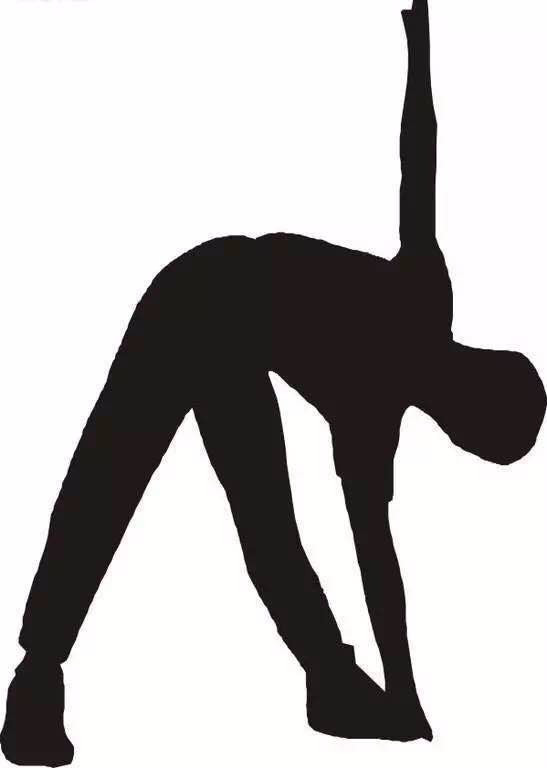
2 Stretch the buttocks and thigh muscles
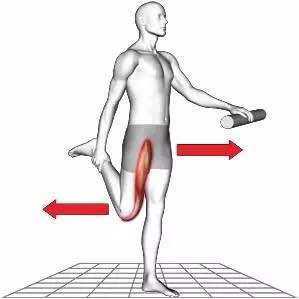
3 stretch the front of the thigh
4 Stretch leg
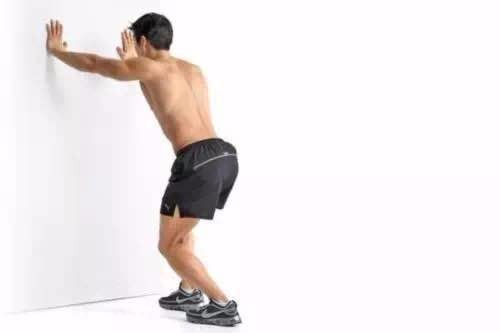
Tips: Be sure to conduct a comprehensive physical examination before climbing. Heart disease, high blood pressure, etc. are not suitable for people. Climbing strength varies from person to person, pay attention to replenishment, step by step, do not load as much as possible, do not run jump, etc., in order to avoid accidents.
The Makeup Brush set is a combination of eye makeup brushes, foundation brushes, concealer brushes, blush brushes, extra powder brushes, eyeliner brushes and other makeup brushes.makeup brush set includes a large set of brushes, a min set of brushes, and a travel makeup brush set. Professional makeup brush manufacturers,Professional makeup brush manufacturers, the makeup brushes produced are not only of good quality, but also very affordable
Make Up Brush Set,Makeup Brushes Set,Makeup Brush Sets,Coemetic Brush Set,Kabuki Brush Set,Beauty Brush Set,Makeup Brush Kit
Shenzhen Nanfang Shishang Cosmetic Utensil Co., Ltd. , https://www.nfbrush.com